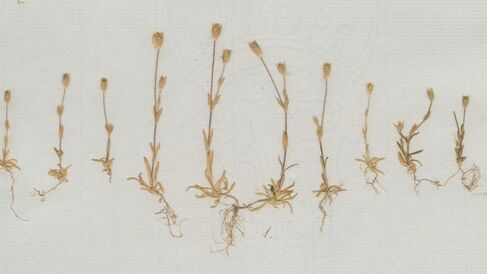Research Questions and Problems

‘Natural History in the Age of Revolutions, 1776–1848’ investigates natural history in a period known as the ‘age of revolutions’, a crucial juncture in human history. The main emphasis of the research is on analysing the emergence of a new class of naturalists in curatorial positions in the context of the British empire between 1776 and 1848. These individuals’ activities spanned two domains. The first encompassed transferring, translating, and organising information on the natural world between numerous subaltern groups, ‘go-betweens’ and metropolitan elites. The second related activity revolved around revealing the order of nature, giving rise to revolutionary concepts of deep time, the ‘natural system,’ and the economy of nature. This project will be the first that brings these two strands and their distinct historiographies together, commencing a new analysis of communication practices that also attends to the content of knowledge exchanged.
Recent research has shown how British and French naturalists adapted their research practices to political agendas during the French Revolution. Many also held beliefs in the potential of certain species in revolutionizing European economies. However, recent research has shown that the age of revolutions was not confined to Europe and the North Atlantic but witnessed global conflicts between imperial frameworks and revolutionary politics.
How did naturalists seek out a distinct role in this context? These ‘professed’ naturalists used printed books, manuscript catalogues, illustrations and specimens to manage information transfer in the face of conflicting agendas of imperial expansion and emancipatory ambitions. In the case of Britain, they often stood in the service of genteel groups who compiled collections for their personal imperial interests. Mediating between indigenous knowledge sources and a variety of ‘knowledge brokers’ and ‘go-betweens’ on the one hand, and wealthy patrons, state bureaucracies and reading publics on the other, this new-found role of managing global information flows defined an ethos of public service as well as distinct forms of expertise that survive to this day.
A good example is the emergence of biogeography and the ‘natural system’ as new objects of inquiry. Their study was the prerogative of naturalists in charge of large metropolitan collections, but it also depended on global networks for data provision. Many of these individuals sat at a crossroads between different motivations for studying the natural world. Naturalists meditated between European elites, ‘go-betweens’ and indigenous people who all used global networks to develop imperial initiatives and coordinate resistance against these.
To understand the emergence of new objects of inquiry in natural history, one therefore needs to examine how naturalists processed information about the natural world. Thus, the research being undertaken for this project is designed to uncover the infrastructures that naturalists, as ‘invisible technicians’, built to gather knowledge from indigenous sources and create a lens onto the natural world.
